Matsusaka Town Walk - a History of Business and Culture
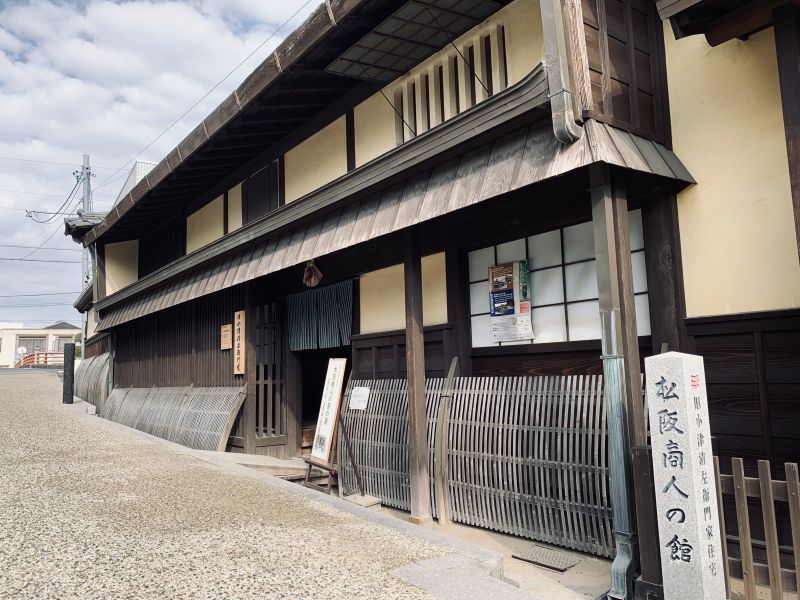
Spend anywhere from half a day to a full day exploring the many historical and interesting spots right around Matsusaka Station. Try your hand at weaving with a loom. Sample world-famous Matsusaka Beef products. Learn how local families became successful merchants due to the endless flow of foot traffic to Ise Shrine.
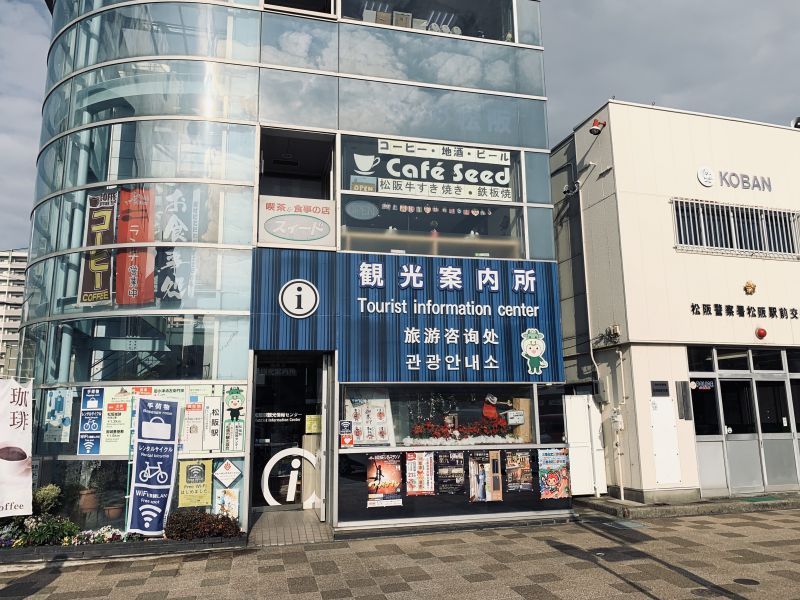
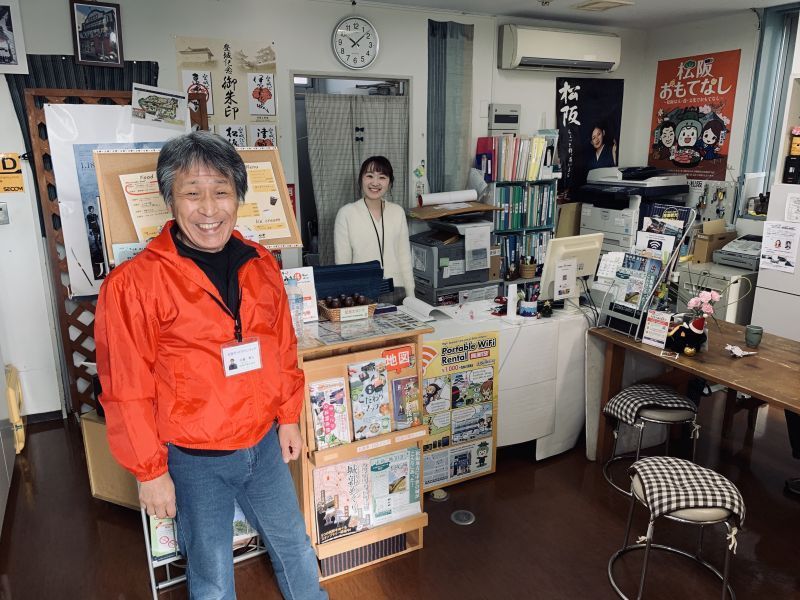
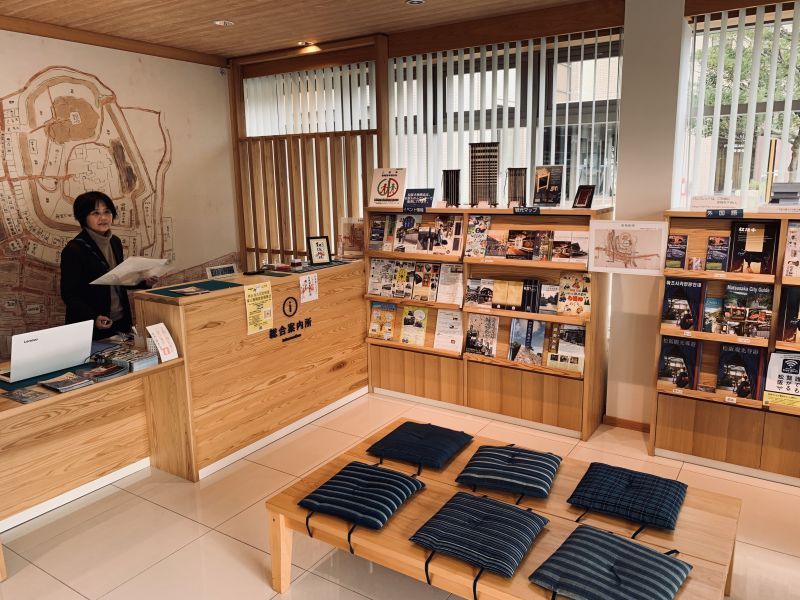
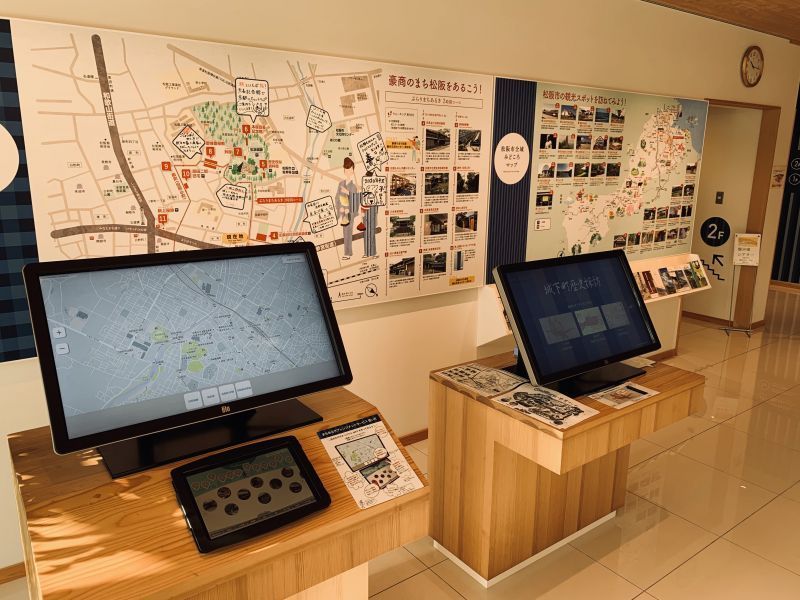
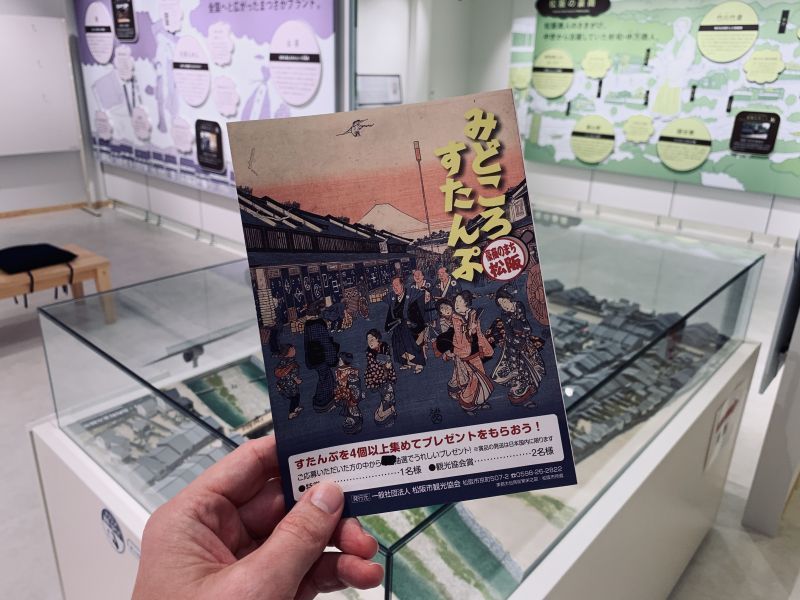
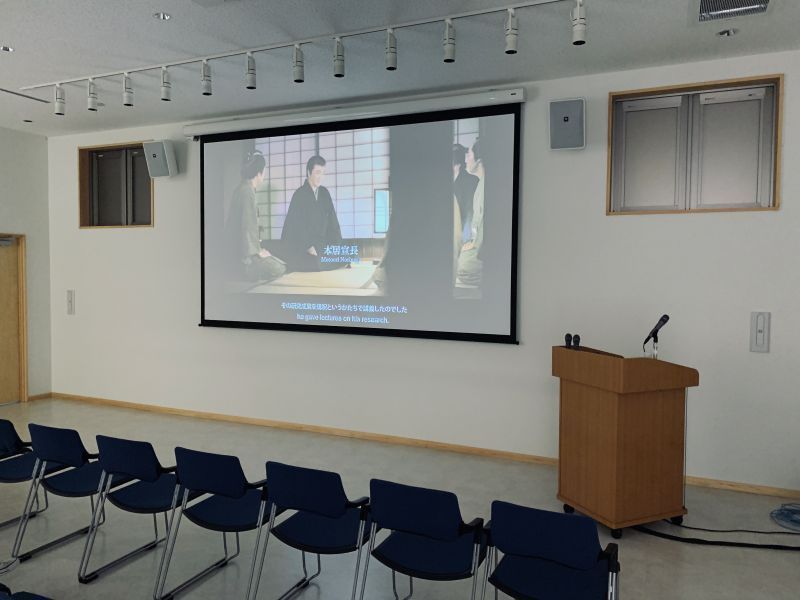
There’s no set order in which you have tocheck out the places around town, but I’ll introduce some of the moreinteresting places I went.
Birthplace of the Mitsui Family
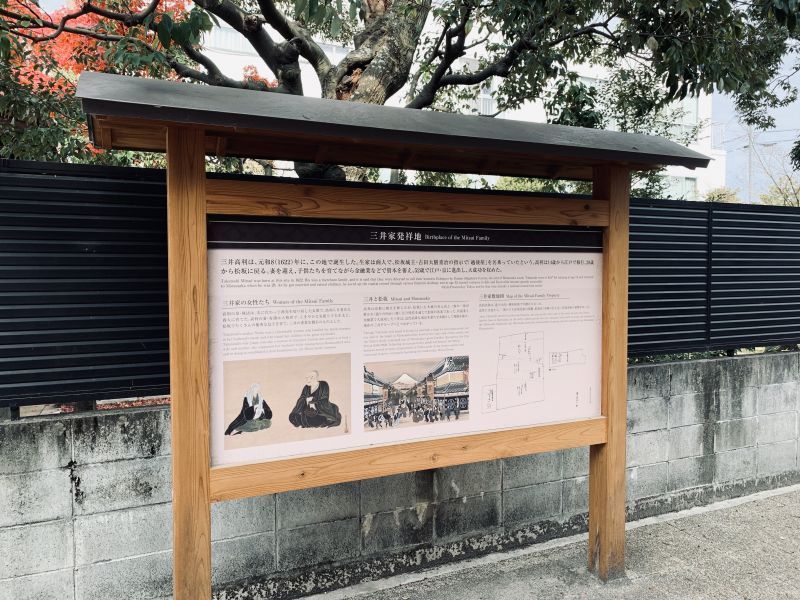
Former Ozu Residence (Matsusaka Merchant Museum)
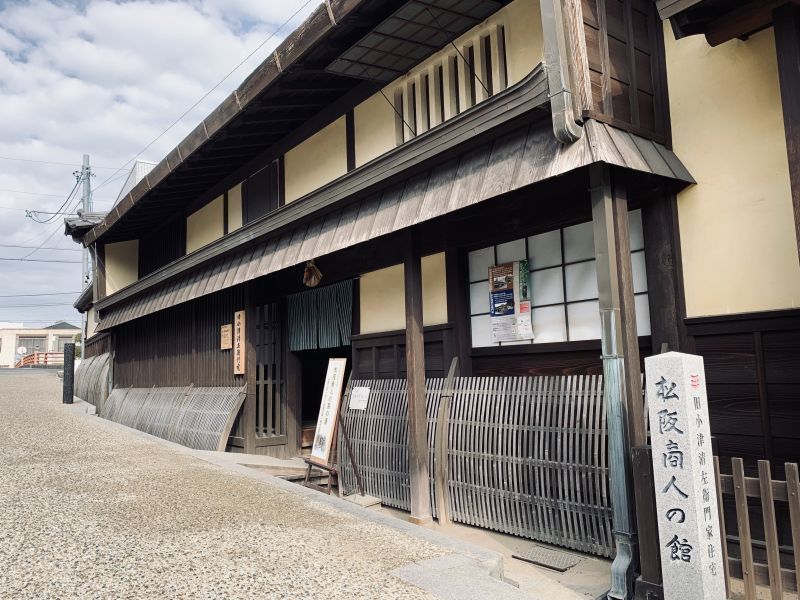
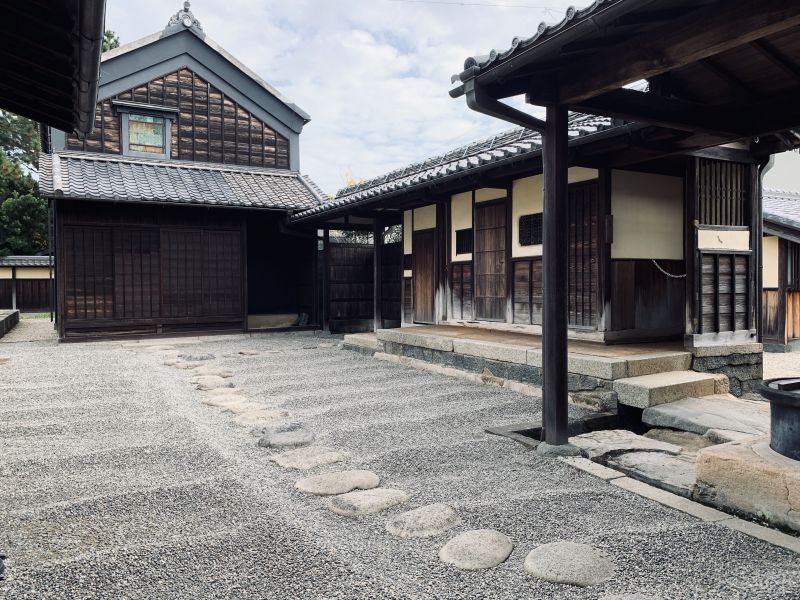
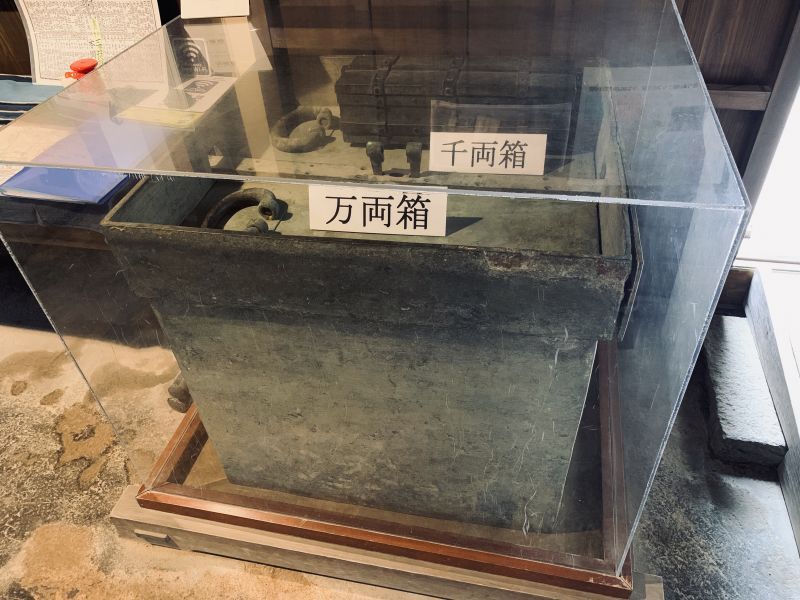
This is also home to the only “Manryo Bako” in Japan. The more common “senryo bako” could hold up to 1000 “koban”, a kind of money made from gold. The “Manryo Bako” could hold much more as you can see in this photo. In today’s money, it would hold about US$15 million! This box was made about 200 years ago.
There are English pamphlets available here,but I recommend having a guide for a better experience.
Time needed: about 15 to 20 minutes
Remains of Motoori Norinaga’s Residence
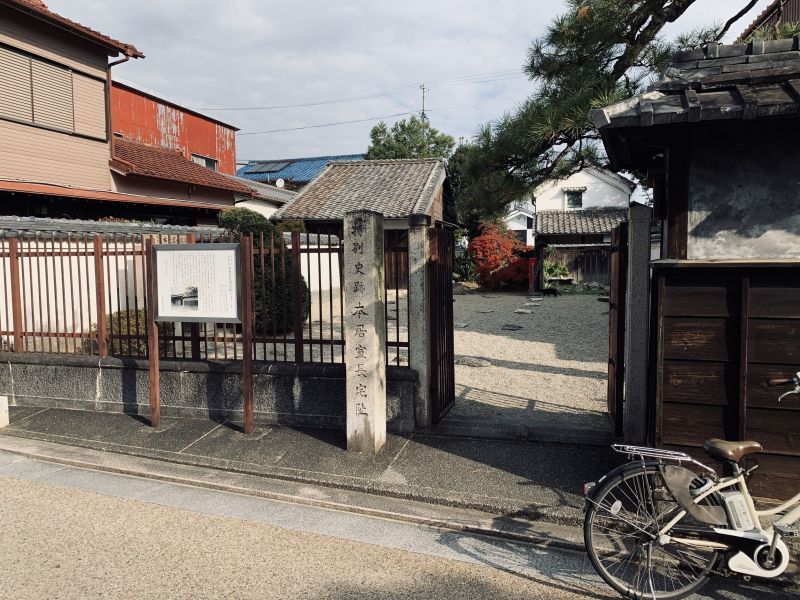
Time needed: less than 5 minutes
Former Hasegawa Residence
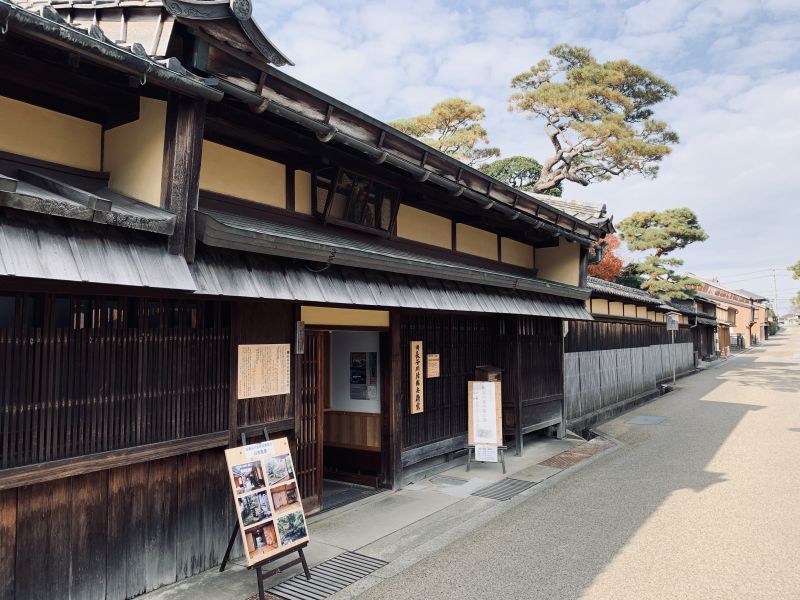
Originally the Hasegawa Family owned only one house. (See picture.) But as they became more successful, they bought the two houses on their left and the two on their right.
The walls surrounding the house and yard were fitted with a small roof-like top, called “udatsu” and was a sign of great success in business. It served no purpose other than to say, “I’m rich.” Even today, the expression “udatsu ga agatta,” which translates roughly to ‘the udatsu has been built’ means that someone has been very successful in their business endeavors.
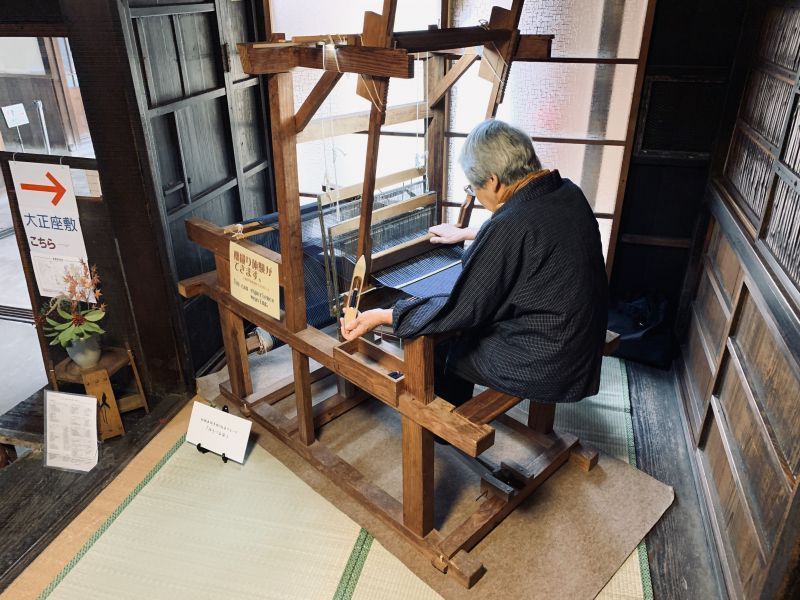
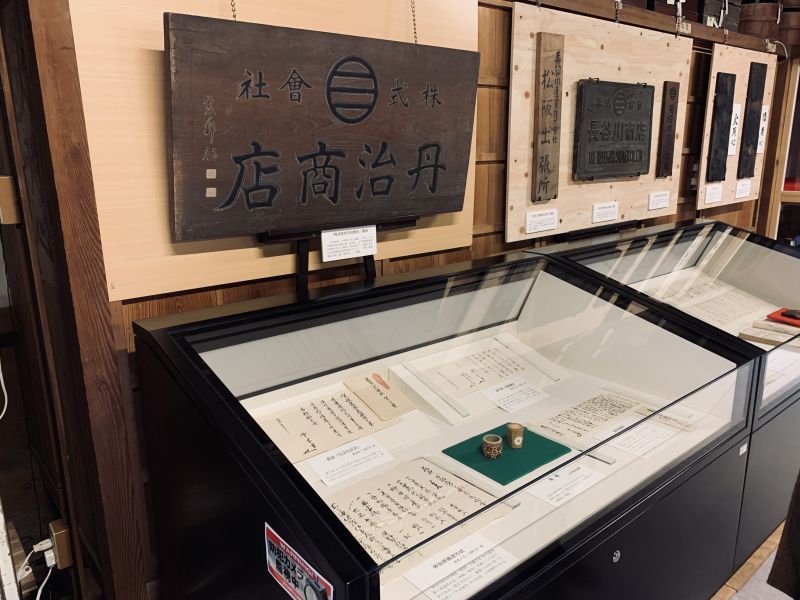
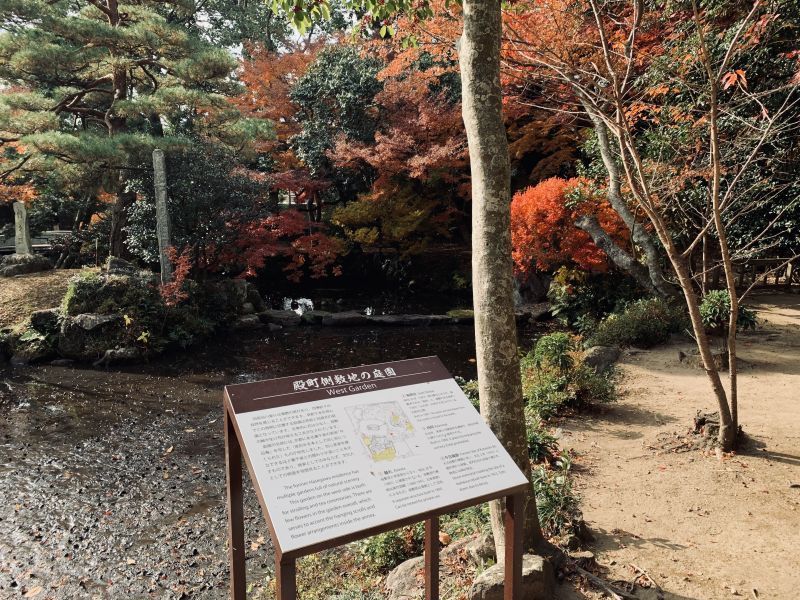
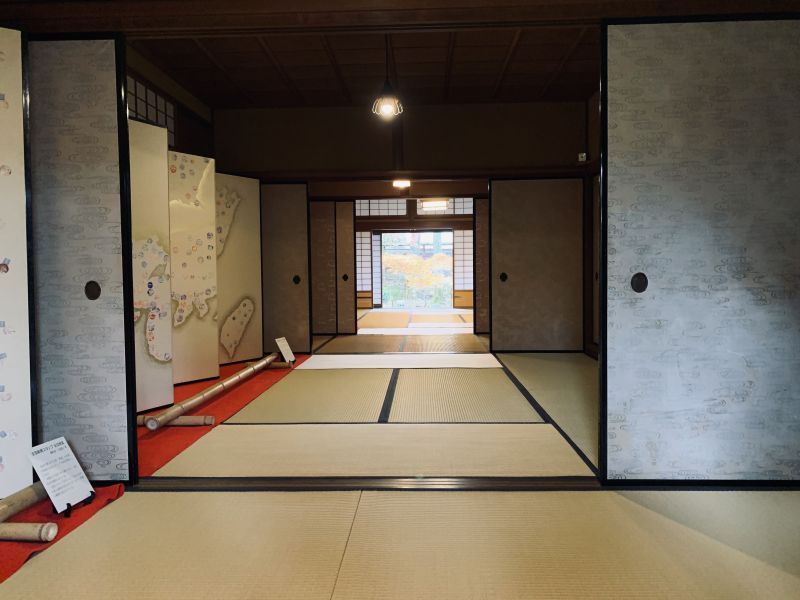
To fully enjoy this location, you should plan on 20 to 30 minutes plus 2 to 3 minutes for each person participating in the weaving experience.
Former Residence of Harada Jiro
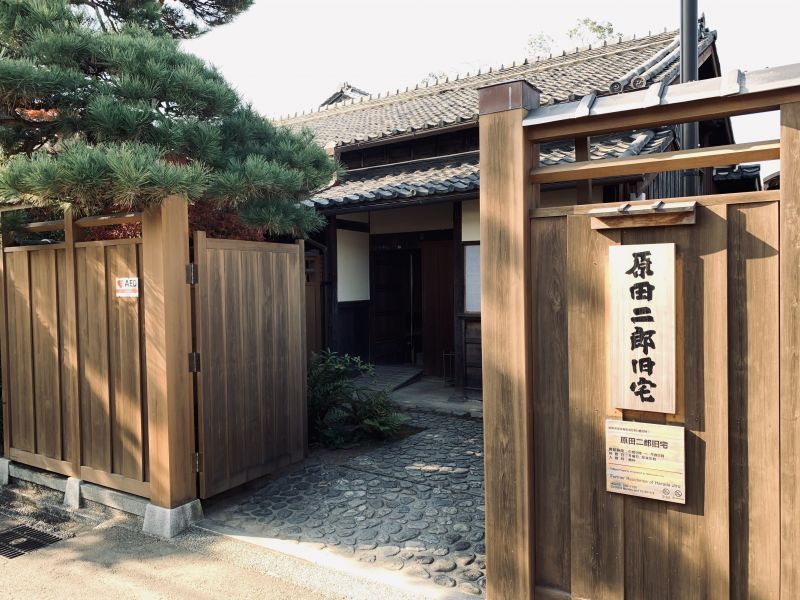
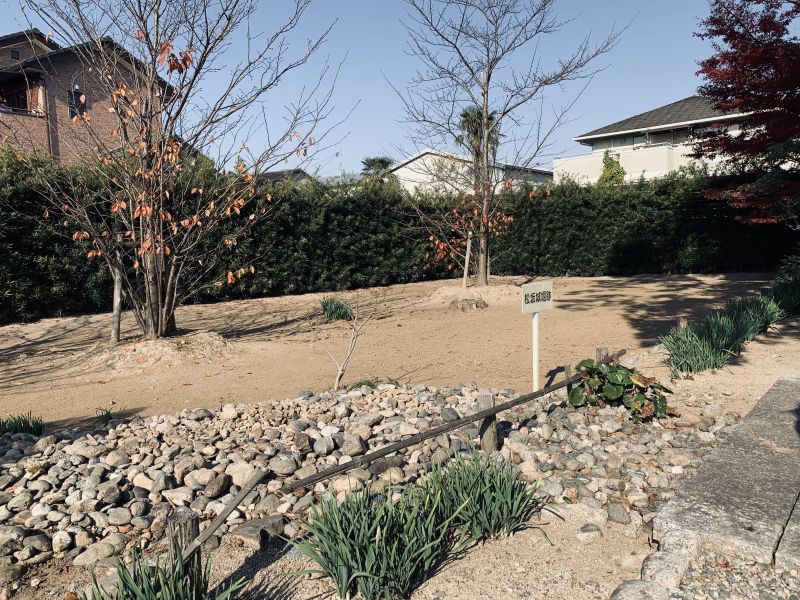
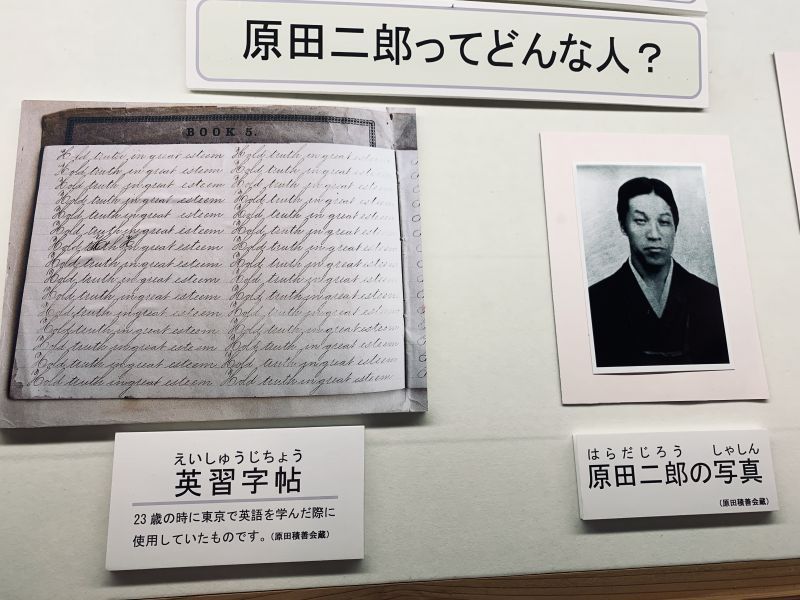
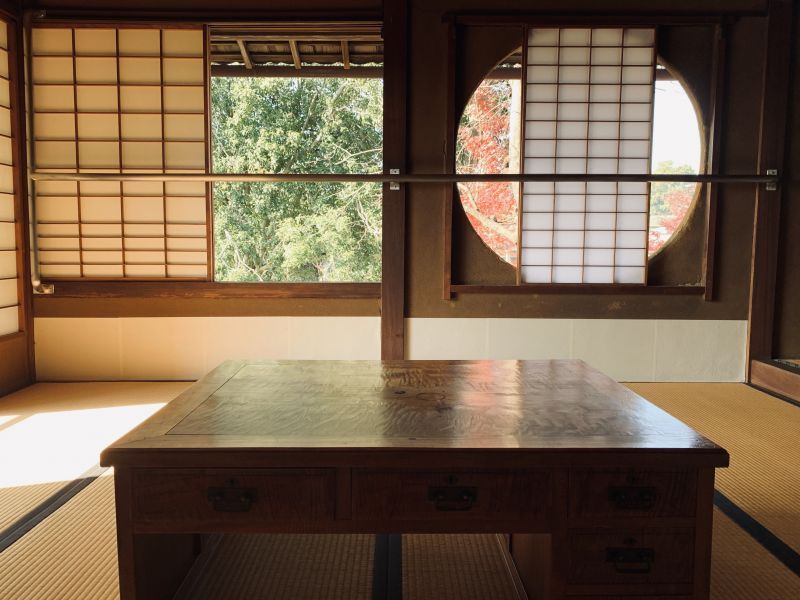
Time needed: about 10 to 15 minutes